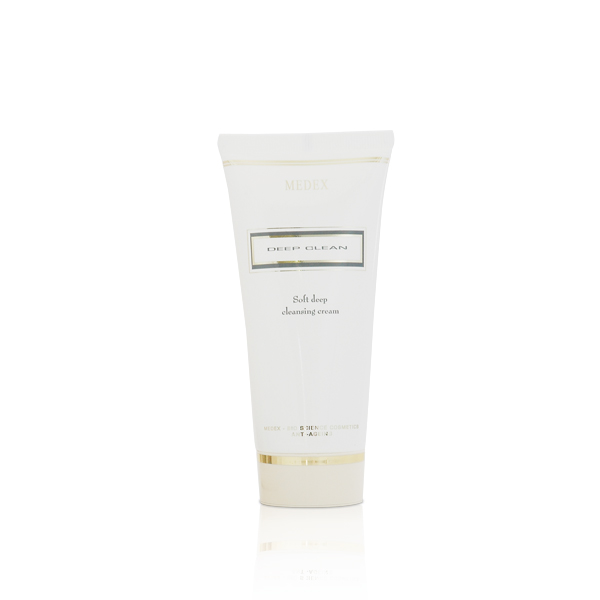
- #Photoshop make image cleaner how to
- #Photoshop make image cleaner software
- #Photoshop make image cleaner trial
- #Photoshop make image cleaner free
Dust, hairs, lazy susan, hidden Greg: they’ll all be masked away.Ĭlick the photo’s layer one more time, then click Add Layer Mask. We’re going to use one of these layer masks to hide all the bits and bobs in the background that the adjustment layers didn’t get rid of. You can also have grey tones for partial concealment, but don’t worry about that. Layer masks themselves are black and white: black is the concealing color and white is the revealing color. Layer masks act as a cutout, preventing parts of the layer from being visible. Once you’re happy, there’s one final step: masking. If you mess up here, don’t worry! Like before, this is a nondestructive change so the original photo is still intact. Try to find an area that creates a nice black outline around your model, while still leaving all the details intact. Click around, holding and releasing Alt, to see how it changes the picture. The regions that are colored black are, somewhat intuitively, the areas that you are crushing to black. While holding Alt, you can see the areas of the photo that are most strongly affected by this adjustment layer. This new display looks weird, but it’s pretty easy to understand what it’s doing. In the properties of this new layer layer, set the black point by clicking the top eyedropper (red circle in the above picture), then hold Alt and click a spot on your photo that you want to set to black. Once again click the photo’s layer, and add another Adjustment Layer. Setting the black point, notice that the model has a clean silhouette around it You can do this by double-clicking the layer and pressing OK, or by clicking the lock icon (circled in red above).

Now that we’ve settled into using Photoshop, open up your photo in Photoshop and be sure the layer is unlocked. Open the Photo and Create a Backdrop Unlocking the layer
#Photoshop make image cleaner how to
I’m not going to cover how to clean photos in either of those pieces of software, partially in the interest of keeping this article series focused on my personal workflow, and partially because I’ve used Gimp for maybe a total of 30 minutes in my life and it was struggle to figure anything out. Masquerade is a bit clunky to use, but it’s designed for the single purpose of creating masks for photogrammetry pictures, as opposed to the swiss army knife that is Photoshop, or the swiss army spork of Gimp.
#Photoshop make image cleaner free
That being said, I’m confident that you can similarly clean photos with free software, like Gimp or 3DF Masquerade (which comes with 3DF Zephyr). It’s about $10/month, and gives me all the latest Photoshop updates, but that’s a decision between you and your wallet. I personally find Adobe’s Cloud Creative Photography subscription to be worth it.
#Photoshop make image cleaner trial
It’s basically the golden standard of photo editing software, and if you’ve never used it before, it might be worth grabbing a free 7 day trial to try out. However, I’ll nonetheless walk through the steps I personally use when building my 3D models.
#Photoshop make image cleaner software
The next piece of software we’ll be using, 3DF Zephyr, is pretty great and you might find success with pictures straight from your camera.

In fact, you might be able to skip this step entirely. Like every step in this article, there’s no single correct way to do this. There are downsides to this though: this can cause texture issues where parts of the lazy susan are mapped onto on the model’s texture, and it can cause the photogrammetry software to take longer to run (up to several hours longer, in fact). Having a large, fixed object to use as a frame of reference lets the photogrammetry software better align the photos and can produce a higher quality result. If this happens, try leaving the lazy susan in the pictures. The front and back of the model, for example, can be mapped to different locations, making your model look like it was sliced in half and sliding apart. Removing background detail may cause alignment issues.


Well, usually, as there’s a big wrench to throw in here. To get a more accurate 3D model, we want the photos we feed into the photogrammetry software to be photos of the model, the model’s base, and nothing more. The photogrammetry software we’ll be using doesn’t know the difference between your model and a stray hair, so if you give it a photo of a model with cat hair on it, then those hairs will show up in your final 3D model. Anything from bits of dust, all the way up to parts of your lazy susan or light blockers. Even with the best of setups, you might find things in your shot other than the model itself.


 0 kommentar(er)
0 kommentar(er)
